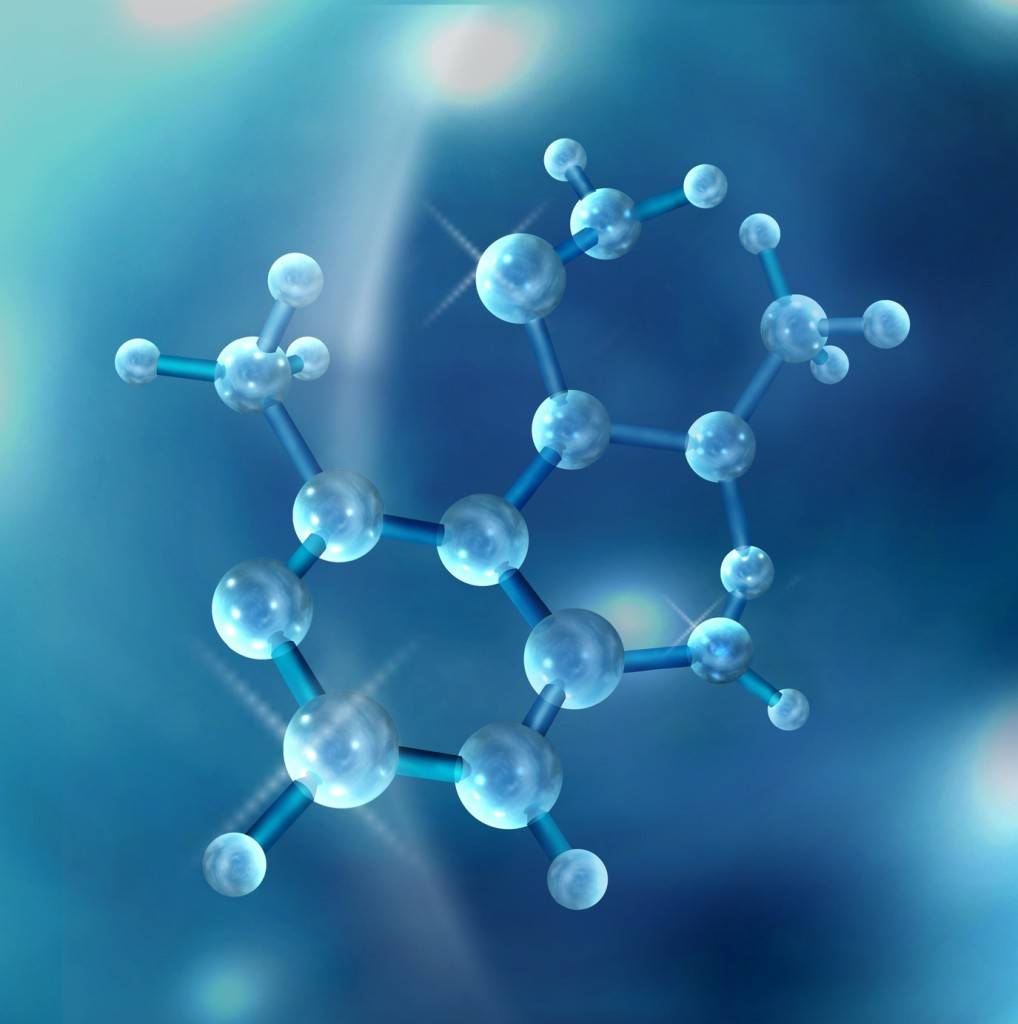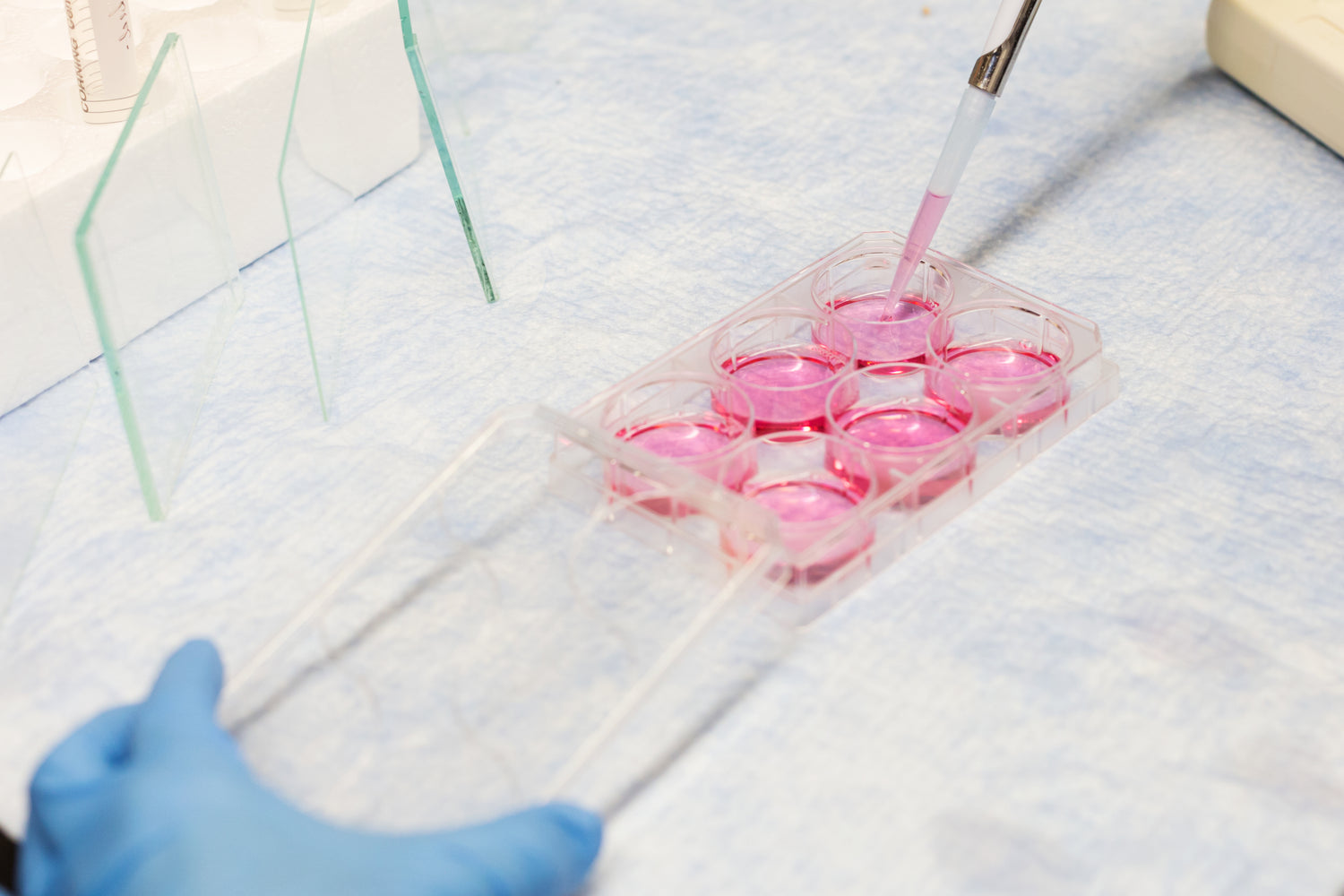The problem of environmental pollution increases the demand for anti-pollution products. The good ginger fruit shell is rich in pectin and has the potential to develop anti-pollution products. The traditional extraction method of pectin has some defects, and the ultrasonic-assisted extraction combined with deep eutectic solvent may be a more efficient and sustainable extraction method, but there are few researches on its application in the extraction of pectin from the husk of good ginger.
Ultrasonic-assisted extraction method was used to perform single factor experiments with different deep eutectic solvent, deep eutectic solvent ratio, ultrasonic amplitude, extraction time and liquid-solid ratio. After selecting the best conditions, the extraction process was optimized by central composite design and response surface method.
The optimal extraction conditions were determined as liquid-solid ratio of 40mL/g, extraction time of 60min, and amplitude of 35%. Under these conditions, the actual pectin yield was 12.29%, which was close to the predicted value, and the model was reliable.

The extracted pectin was mainly composed of monosaccharides such as galacturonic acid (53.74%), and the esterification degree was 73.41%, which belonged to high methoxy pectin. It has good functional characteristics, such as solubility 53%, water holding capacity 3.88g water /g pectin, oil holding capacity 3.30g oil /g pectin, swelling capacity 11.77mL/g, and the gels formed under different pH conditions show shear thinning behavior.
Pectin has certain antioxidant activity and low cytotoxicity to HaCaT cells. In the cell experiment, pectin can effectively protect HaCaT cells from PM2.5 induced damage and improve cell viability.
Ultrasound-assisted extraction combined with deep eutectic solvent can effectively extract high quality pectin from Liangzingia fruticosa. The pectin obtained under the optimal extraction conditions has good structural, functional and rheological properties, and has potential application value in the development of anti-pollution products. However, this study has some limitations, and further mechanism studies and in vivo validation are needed in the future.








